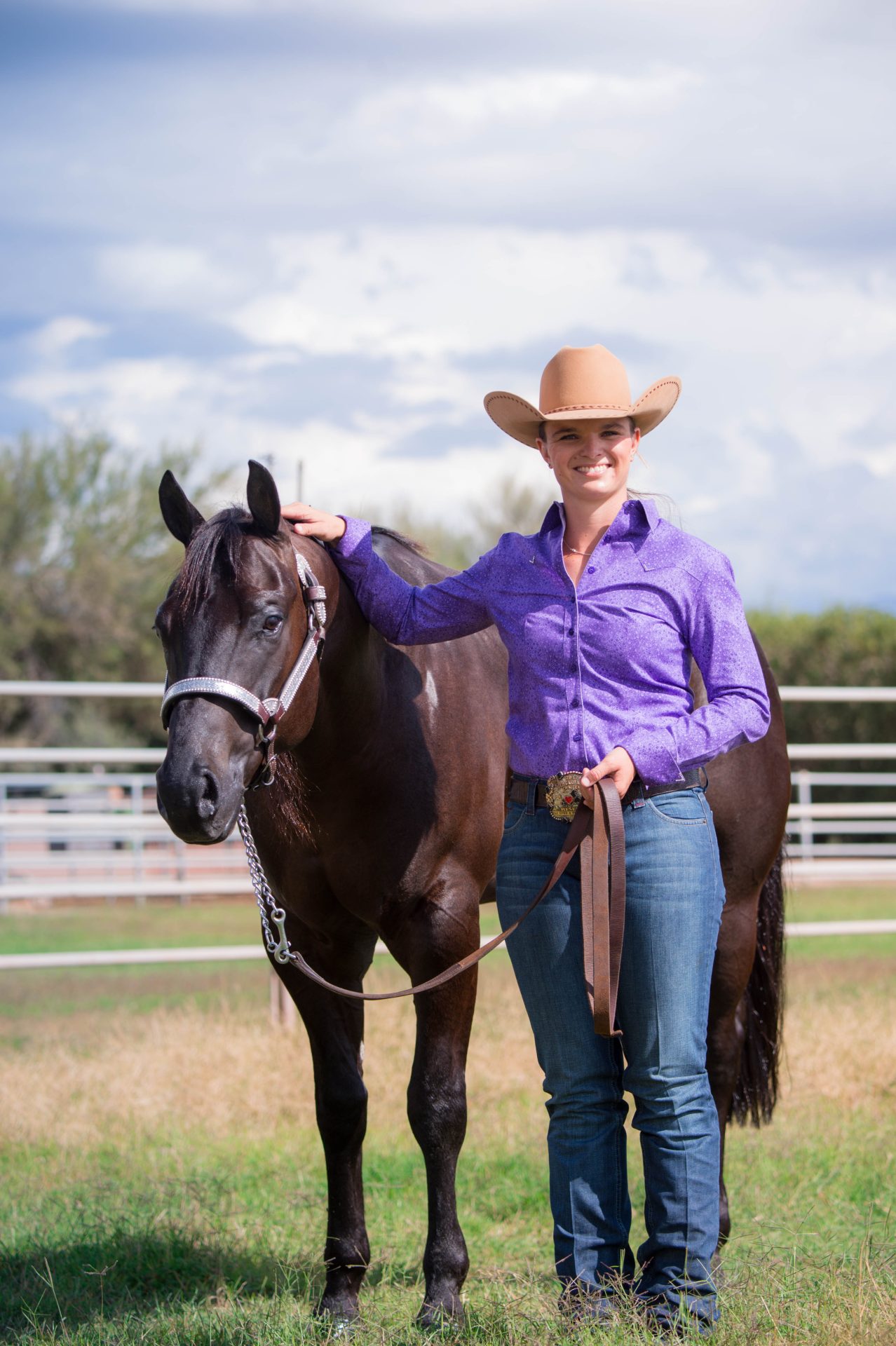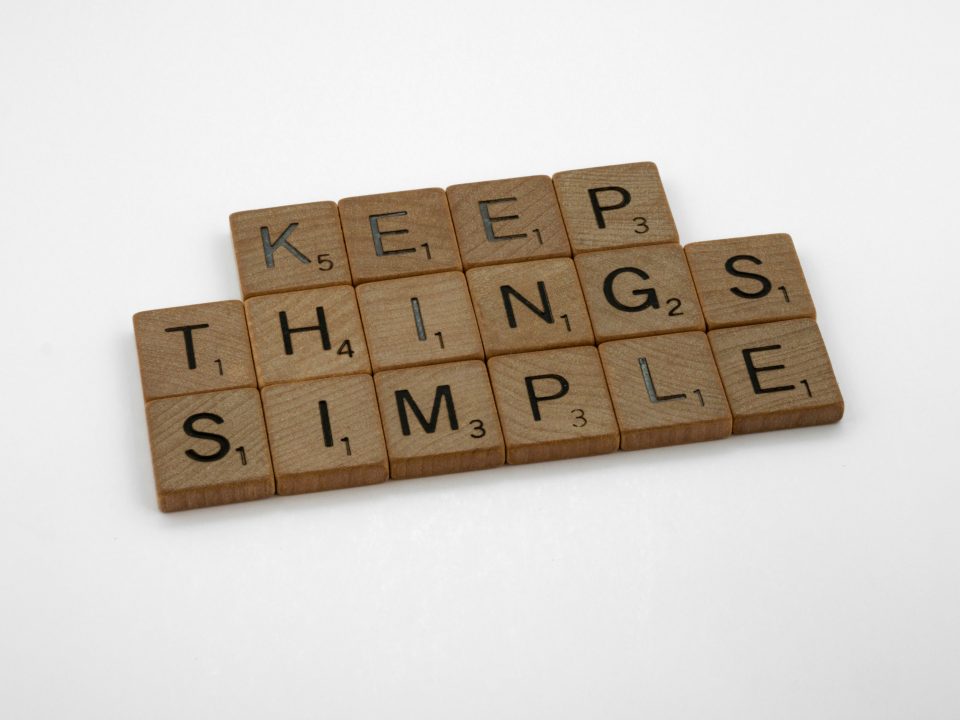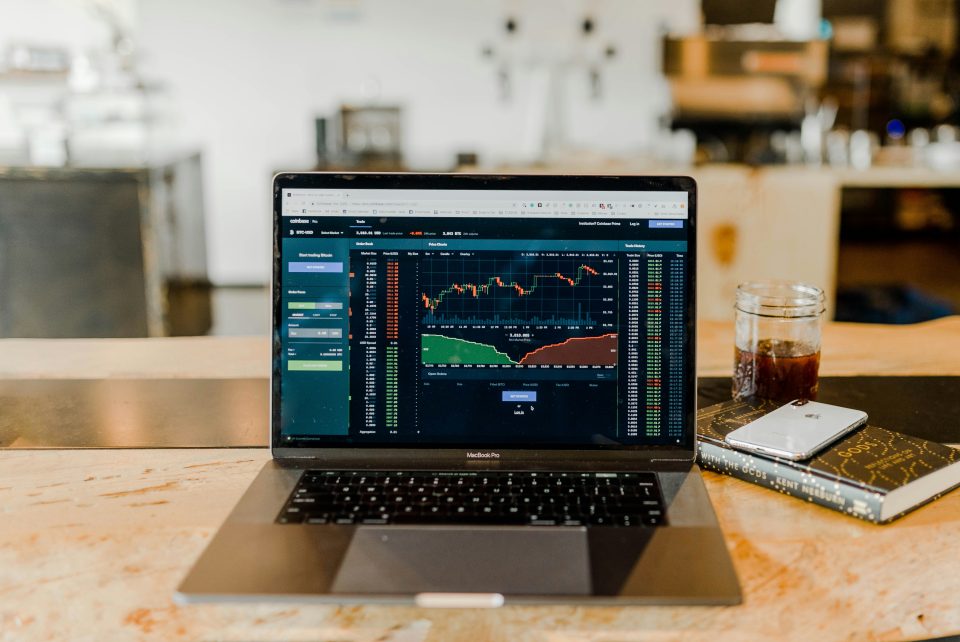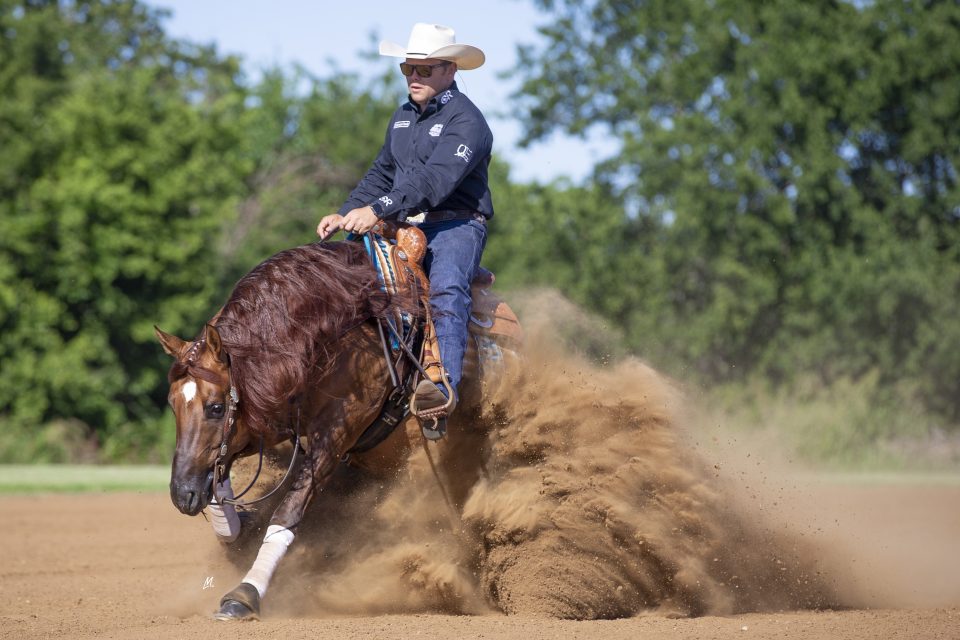NRHA Professionals are learning to branch out from strictly training horses to help pay the bills. Could a side hustle help you boost your income?
By Megan Arszman

Being a horse trainer takes passion and dedication, as well as the cliché blood, sweat, and tears. There are long hours in the saddle, hay to throw, and colts to start. It can take a toll even young bodies. That toll can determine the longevity of your career. This is why it can be beneficial for NRHA Professionals to look outside the training arena for other options to help pay the bills and keep your business profitable.
“You can only make so much money in your training fees,” said NRHA Professional and Million Dollar Rider Mike McEntire. “A trainer should try to do something besides training horses, whether it’s buying and selling a few horses, giving lessons, or something else.”
Professional horsemen have been practicing the art of the side hustle for generations; there just wasn’t a set name for it. Most NRHA Professionals know that there’s more to being a trainer than just showing and training. For some, it’s about coaching non pros, youths, and rookies; others might take on young colts to start.
McEntire and fellow NRHA Professionals Linde von Koeding and NRHA Eight Million Dollar Rider Andrea Fappani have learned that having a side hustle (or three) not only helps supplement the income, but also helps you be a better all-around trainer.
“I don’t like to put all my eggs in one basket,” said von Koeding. “But the biggest benefit for me with everything I do is that it makes me a better trainer, better coach, and a better show-woman.”
In this series, these three pros share what they’ve been doing to expand the outreach of their businesses.
Part 3: Selling and Catch-Riding
Selling and Catch-Riding
Buying a young horse to later turn around and sell is called pinhooking, and it’s something von Koeding enjoys doing with one or two yearlings each year.
“It’s fun for me to put a foundation on a horse,” she said. “Sometimes, I’ll purchase one for myself, or a customer will partner with me on a couple. It just depends because I have to balance it with the amount of board I want to pay each month.”
Again, it’s all about balancing your time and your finances when it comes to taking on a project such as purchasing young horses to turn around and sell later in the year. The timing of the sale generally correlates with the timing of the horse’s training and maturity for von Koeding. If she feels a prospect is ready and she has some prospective buyers, she’ll sell privately; but, if not, there are always the sales during the NRHA Futurity.
“A big part of selling horses isn’t just to sell the horse, but to sell at the right time,” she pointed out. “I just try to look at the horse and see what he’s ready for me to do.”
Many newer trainers fill their stalls with young horses shipped in from other pros who need an extra hand. Whether it’s starting and training 2-year-olds prior to their start on the futurity trail or helping to add mileage on greener horses, von Koeding works with fellow Arizona trainers and others to not only assist their business, but build her own as well.
“Sometimes it can be interesting to ride horses from different programs—that trainer might ride differently than you do, so you might be able to pick up a trick here or there that helps with your program,” she pointed out. “I know it takes a lot of trust for a trainer to send me their horses.”
Read the rest of this series at the links above.



